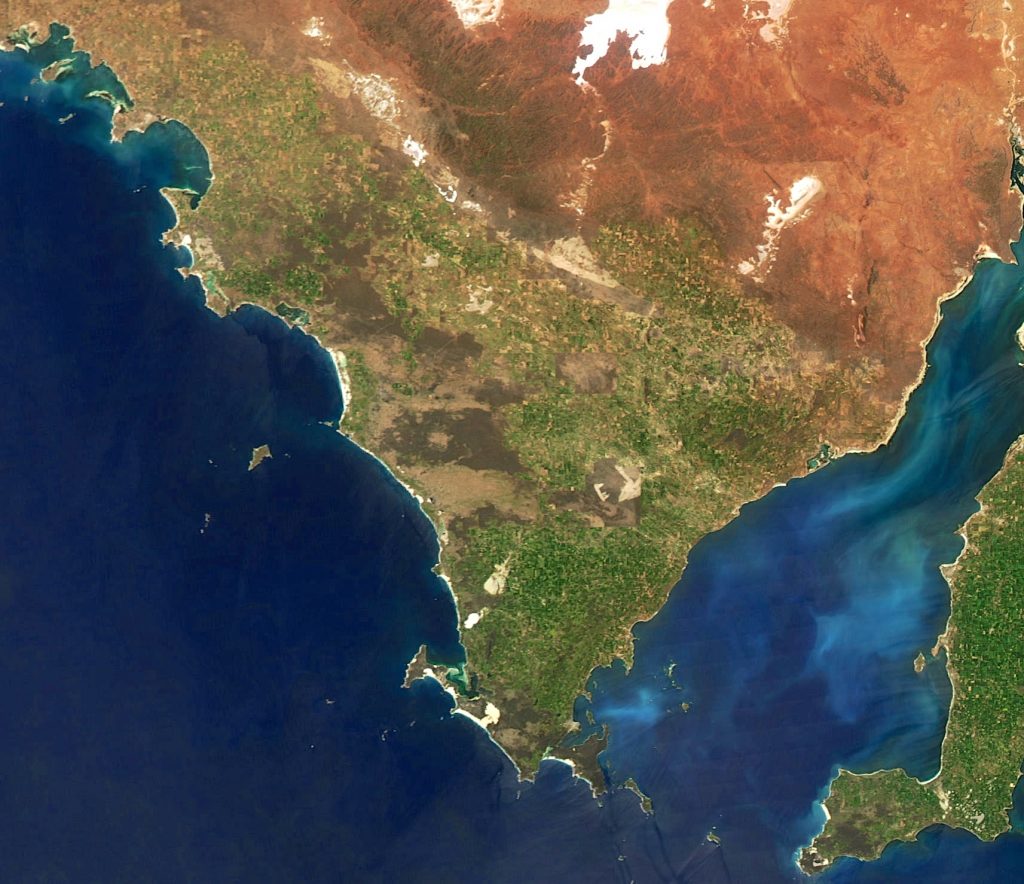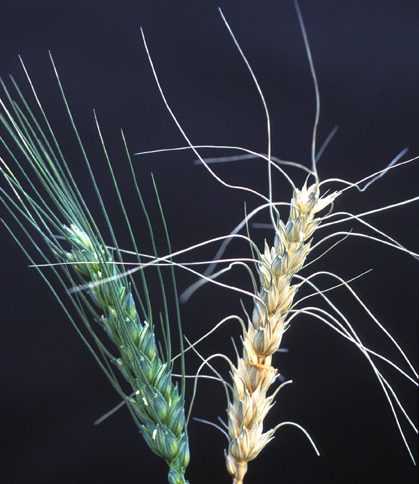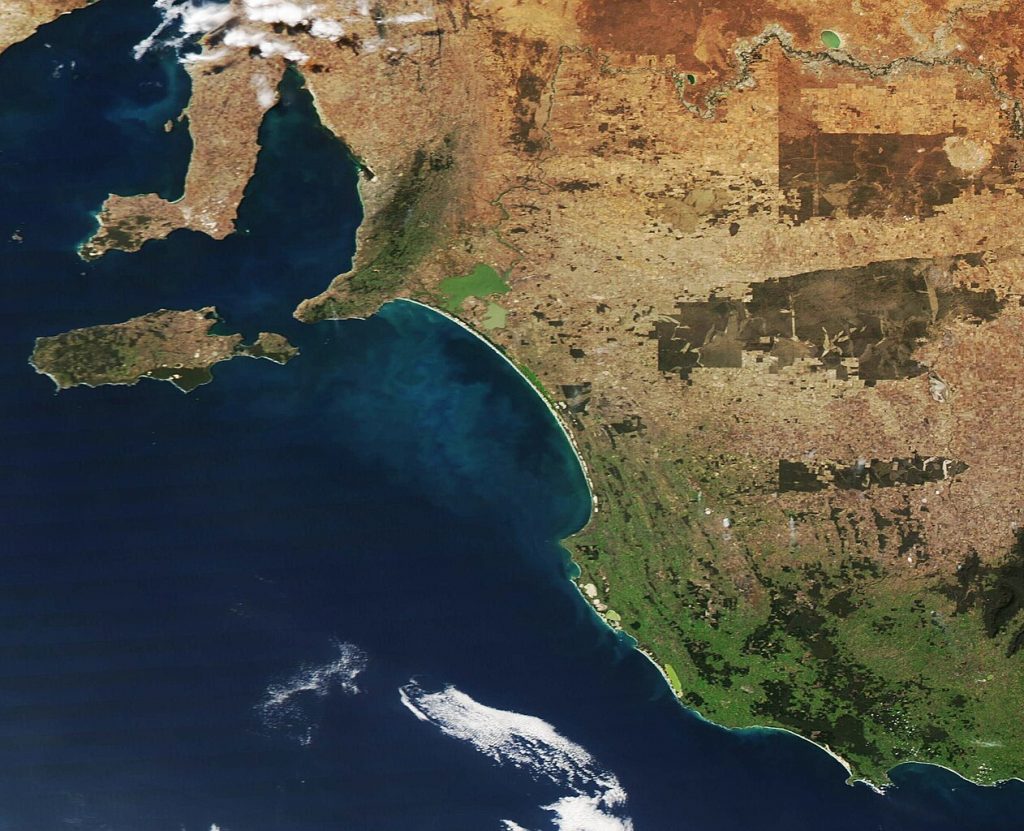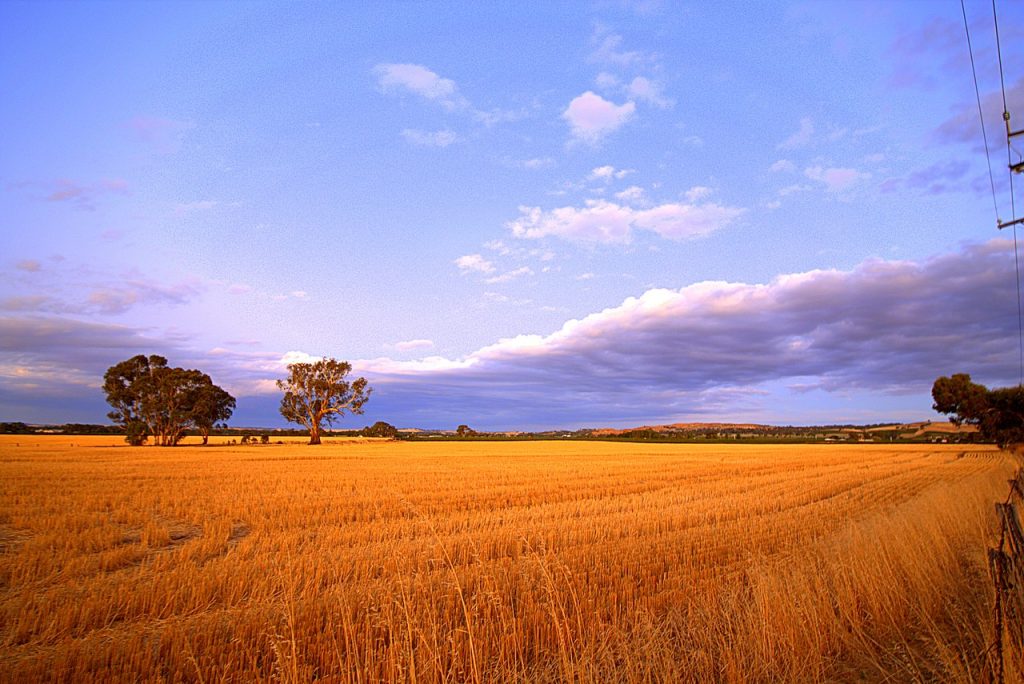
South Australia is one of the key wheat-producing regions in Australia, particularly known for its vast wheat belts in areas such as the Eyre Peninsula, the Mallee, and the Yorke Peninsula. Compared to other Australian states, South Australia faces a unique combination of arid to semi-arid climates, which presents distinct challenges and opportunities for wheat production. This article explores the fertilization practices and soil health management in South Australia, with a focus on the differences between this state and others such as Queensland, Victoria, and Western Australia.
Soil Types in South Australia and Their Influence on Fertilization
1. Soil Types and Composition
South Australia has a diverse range of soil types, including sandy, clay, and loam-based soils. In contrast to the fertile, moisture-retentive soils of Tasmania or the temperate soils of Victoria, South Australia’s wheat-producing soils are often more sandy and alkaline, with some areas experiencing challenges related to salinity and nutrient deficiencies.
The Eyre Peninsula and Mallee regions are well-known for their sandy soils, which can be low in organic matter. These soils tend to drain quickly and can struggle to retain moisture, making nutrient management more challenging. This contrasts with the more clay-heavy soils in Victoria and New South Wales, which generally hold moisture better but are more prone to compaction.
In these sandy soils, the primary challenge is ensuring adequate water retention and nutrient uptake by wheat crops. Fertilization practices are thus tailored to enhance soil structure and water-holding capacity while ensuring that key nutrients like nitrogen, phosphorus, and potassium are available to the crops.
2. Soil Fertility
South Australia’s soils often suffer from low fertility, especially in its more arid regions like the Mallee. Compared to the richer soils found in Tasmania, South Australia’s soils require careful management to maintain soil health. Fertility issues are exacerbated by the region’s relatively low rainfall, which limits the leaching of nutrients and can make fertilization practices less efficient.
In contrast, areas like Queensland and Western Australia, with more acidic soils, face challenges related to pH imbalances, requiring the use of lime to neutralize the soil. South Australia’s more alkaline soils, however, often benefit from different approaches, such as the use of sulfur-based fertilizers to lower soil pH where needed.
Fertilization Practices for Wheat Production in South Australia
1. Nitrogen Fertilization
Nitrogen is a crucial nutrient for wheat, and in South Australia, nitrogen fertilization practices are tailored to the state’s dry conditions. Farmers typically use urea and ammonium nitrate for nitrogen fertilization, but because of the region’s low rainfall, the need for frequent topdressing is reduced. Instead, many farmers rely on a single application of nitrogen before sowing to maximize efficiency and minimize leaching losses.
Unlike regions such as Queensland, where nitrogen can be lost through volatilization due to high temperatures, South Australia’s dry conditions tend to favor nitrogen retention, especially if applied prior to the growing season. Additionally, South Australia’s wheat-producing areas, like the Eyre Peninsula, are often more subject to drought conditions, so farmers in these areas tend to apply nitrogen with a more cautious approach to avoid wastage.
2. Phosphorus and Potassium Fertilization
Phosphorus is a vital nutrient for wheat, and in South Australia, soil tests often reveal phosphorus deficiencies, especially in sandy soils with low organic matter. To address this, farmers commonly use superphosphate or MAP (mono-ammonium phosphate) fertilizers to provide the necessary phosphorus for optimal crop growth.
South Australia’s soils are less likely to be deficient in potassium compared to more acidic soils in areas like New South Wales or Victoria. However, potassium fertilization is still crucial, especially in areas where soils are sandy or have low cation exchange capacity (CEC), making it harder for nutrients to be retained.
In regions like the Mallee, where the soils are less fertile, farmers may combine phosphorus and potassium fertilizers to promote healthy wheat production. These practices differ from areas like Queensland, where lower rainfall means potassium levels are monitored more rigorously to prevent leaching, particularly in sandy soils.
3. Micronutrient Fertilization
While South Australia’s soils tend to have sufficient levels of major nutrients, certain micronutrient deficiencies can occur. These include zinc, copper, and boron, particularly in regions with sandy soils or those that have been cultivated for extended periods. To address these deficiencies, farmers in South Australia use foliar sprays and soil amendments to provide these essential micronutrients.
In contrast, Tasmania’s soils are often more naturally rich in micronutrients, making fertilization less critical in this regard. However, South Australia’s more arid conditions and unique soil compositions make micronutrient management an important part of the fertilization strategy.
Soil Health Management Practices in South Australia
1. Crop Rotation and Diversification
Due to the state’s challenging climatic conditions, crop rotation is a common practice in South Australia. Rotating wheat with legumes, canola, and other crops helps to manage nitrogen levels and improve soil structure. Legumes, in particular, play a vital role in fixing nitrogen in the soil, reducing the need for synthetic fertilizers.
This practice contrasts with regions like Queensland, where wheat is often grown in a more monoculture setting, or Western Australia, where barley is frequently rotated with wheat. By rotating wheat with legumes, farmers in South Australia help to replenish soil nutrients and improve overall soil health, reducing the likelihood of pests and diseases that might otherwise plague monocultures.
2. Soil Conservation and Erosion Control
Soil conservation practices are particularly important in South Australia due to the state’s susceptibility to erosion, especially in the Mallee and Eyre Peninsula regions. Farmers in these areas use conservation tillage techniques to maintain soil structure and prevent wind and water erosion. These methods differ from practices in other states, such as Queensland, where rainfall is less consistent and water erosion is a greater concern.
In addition to conservation tillage, South Australian farmers also implement windbreaks, contour farming, and cover cropping to protect the soil. Unlike areas like Western Australia, which have more frequent drought conditions, the combination of low rainfall and occasional heavy rains in South Australia creates an environment where erosion control measures must be carefully considered.
3. Soil Compaction and Drainage
Soil compaction is a significant concern in South Australia, particularly in the more clay-heavy soils of the Mallee. Farmers in the region often use deep ripping techniques to break up compacted layers and allow better root penetration for wheat crops. Unlike Queensland, where compaction issues are less pronounced due to the lighter texture of the soils, South Australian farmers must be more vigilant about compaction, which can hinder crop growth and reduce yields.
Because rainfall in South Australia is less consistent than in more temperate regions like Victoria, the state’s wheat fields can also face drainage challenges. Excess water from occasional rainfall events can result in waterlogging in poorly-drained soils, requiring effective drainage systems to maintain healthy wheat crops.
Conclusion
Fertilization and soil health management in South Australia are driven by the unique challenges posed by the state’s dry, semi-arid climate and alkaline soils. In comparison to other wheat-growing regions like Queensland, Victoria, or Tasmania, South Australia’s farmers must take a more cautious approach to nutrient management, focusing on careful nitrogen application, phosphorus and potassium fertilization, and micronutrient supplementation.
The state’s crop rotation practices, soil conservation measures, and management of compaction and drainage are essential for maintaining soil health and achieving sustainable wheat production. While South Australia shares some similarities with other states in terms of fertilization practices, its distinct climatic conditions and soil types necessitate tailored approaches that differentiate it from the wheat-growing regions of Australia.


